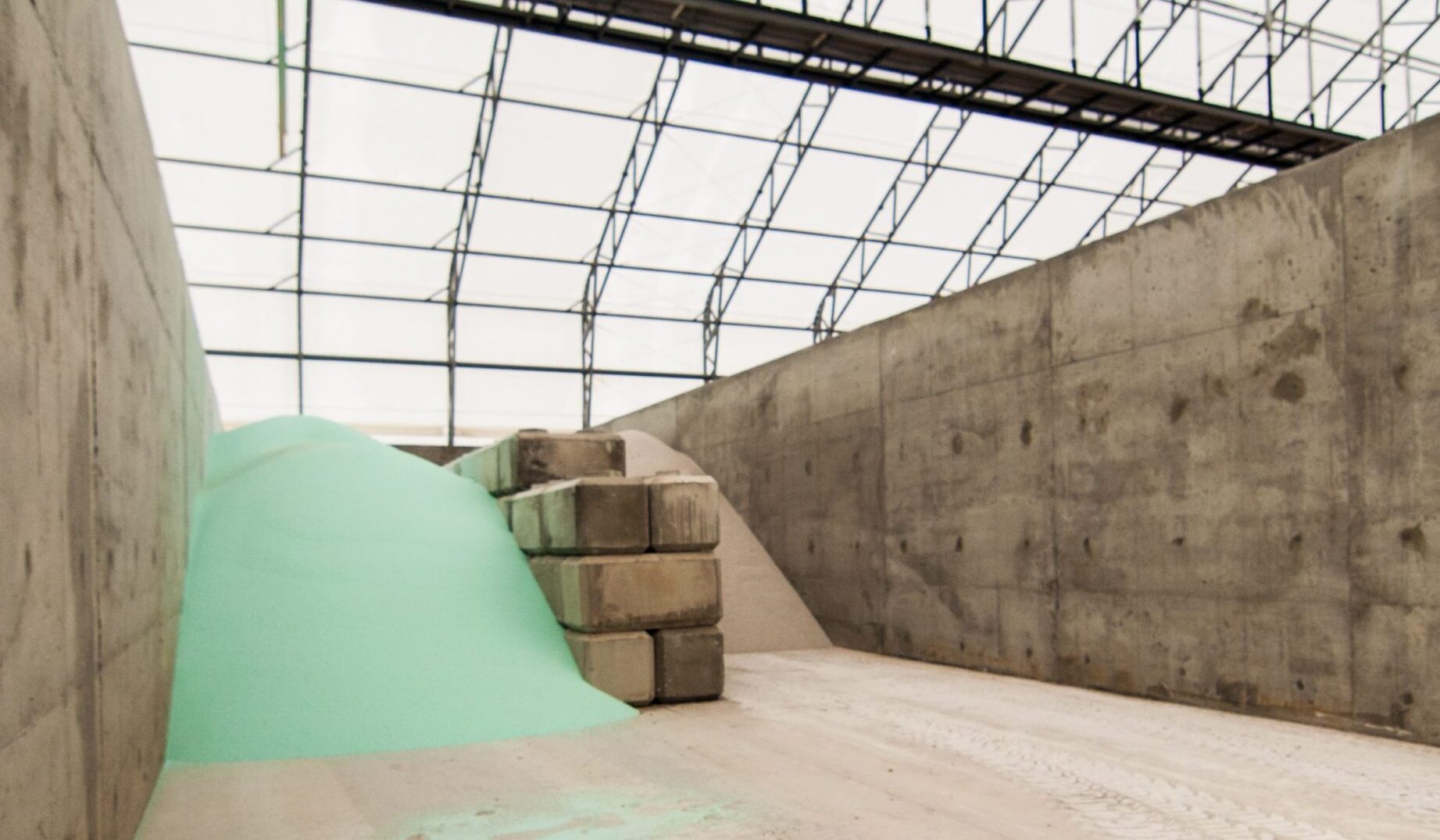Fertilizer Production Critical to the Future of Food
by Admin | Jun 7, 2019

According to the World Resources Institute, the global population will swell to 10 billion people by the year 2050. To put that figure into perspective, in 2010 the world’s population was around 7 billion. That represents a 40% increase in just 40 years. How to feed the world’s growing population is one of the most pressing issues Canada and the rest of the world faces today.
Adequate food production relies on us making the best use of our agriculture land. We’re already using around 50% of our vegetated land for pasture land and cropland. There simply isn’t much more room for expansion. Maximizing our existing agriculture land requires two steps: increasing pasture productivity for grazing and planting food crops more frequently. Fertilization production and usage is the key to carrying out both of these initiatives.
Canada: Leading the World in Sustainable Farming
Canada’s fertilizer industry plays an essential role in supporting the world’s food production. According to Roots for Growth, Canada is the world’s largest exporters of both potash and elemental sulphur. In addition, Canada supplies approximately 12% of all fertilizer materials globally.
Canadian farmers are already maximizing their own use of fertilizer through the “4R Nutrient Stewardship.” The four Rs stand for the “Right Source, Right Rate, Right Time, Right Place.” This guided, structured approach puts equal emphasis on all four aspects of fertilizer usage. To ensure that the principles of the 4R Nutrient Stewardship can be carried out, fertilizer must be stored properly and be close at hand.
Fertilizer Optimizes Agricultural Land Use
Planting two crops in one calendar year is termed “double cropping.” This method is one way to increase food production without expanding agricultural land. Certain plants will strip the soil of its nutrients more than others. Fertilizer use is paramount in double cropping, as the soil must be nutrient rich enough to support multiple crops. Crops need the nitrogen, phosphorus, and potassium from fertilizer to thrive and grow.
Poultry and livestock need fertile pasture land to graze on. Fertilizer keeps pastures healthy enough to grow grasses, alfalfa, hay, and other plants. Many farmers practice rotational grazing, where the animals have access to only a specific plot of land at one time. When the animals have foraged clean that block of land, they are moved to another section. The plants in the foraged section now have a chance to regrow. With the proper use of fertilizer, these pastures can grow healthier and faster. With rotational grazing, farmers make the best use of the land they already have, eliminating the need for expansion.
Fabric Fabric Buildings Make Fertilizer Use Possible
Fertilizer storage present two challenges: corrosion due to ammonia and proper ventilation. Fertilizer releases ammonia, which is known to be corrosive to certain metals, including steel.
At Calhoun Super Structure, we’ve designed the industry’s best fertilizer fabric buildings for production and storage. The steel used in the framework of our fabric buildings is hot dip galvanized, which protects the metal against corrosion. We also take the added step of aerating the welded corners of our open web trusses. Because zinc is allowed to penetrate inside during the hot dipping process, our steel framework is protected from corrosion both inside and out. The ventilation of fertilizer storage buildings is necessary for the comfort and safety of agricultural workers. Our fabric structures can be built open-ended to allow adequate air flow. Fans and exhaust vents can also be installed in any of our fabric buildings.


